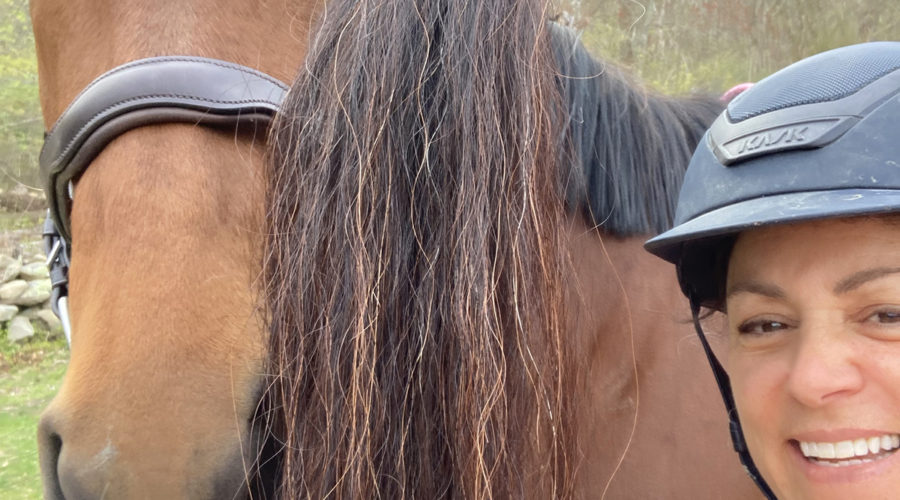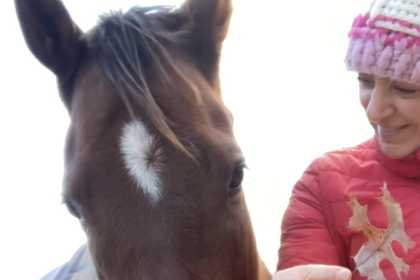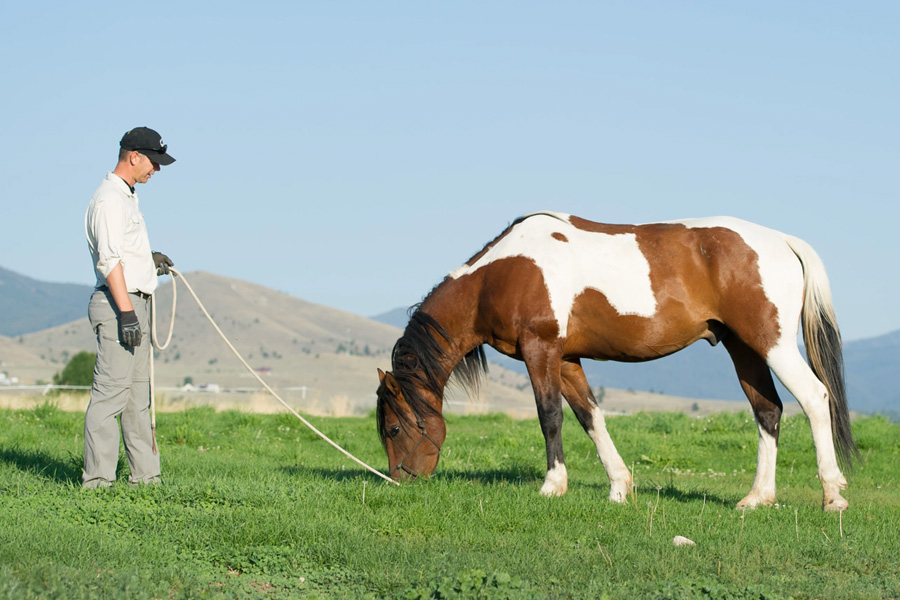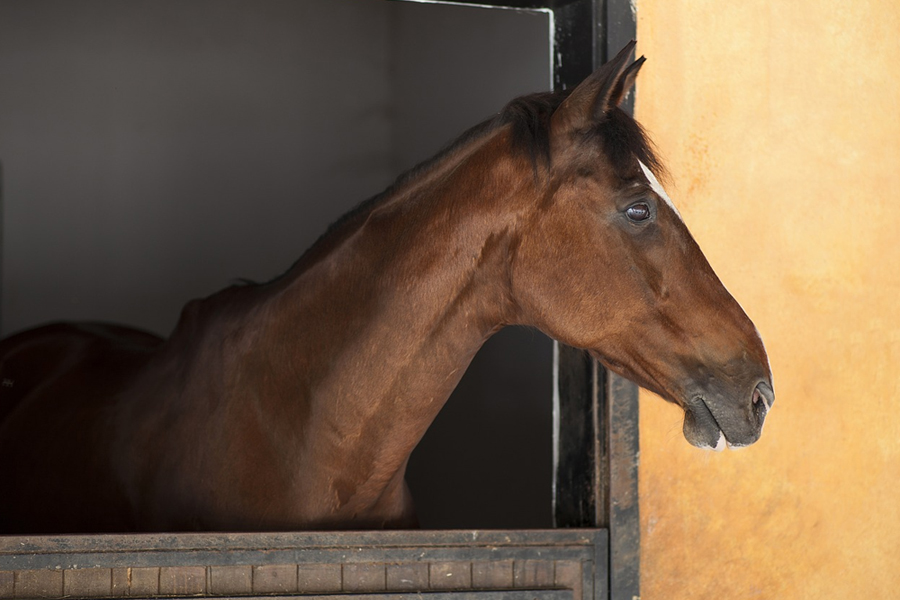First ride on Clarabelle after scoping clear, and first ride since January of this year! How does one go forward with a 5-year-old off-track thoroughbred whose recent health issues are …
Introduction to the Fly Whisk

Best Practices in Horsekeeping

First ride on Clarabelle after scoping clear, and first ride since January of this year! How does one go forward with a 5-year-old off-track thoroughbred whose recent health issues are …

It’s been very cold and windy here in New England the last few days. In fact, it is the time of year when my seasonal depression kicks in, leaving me …


It’s springtime in America, and that means many of our horses are back to work in earnest.